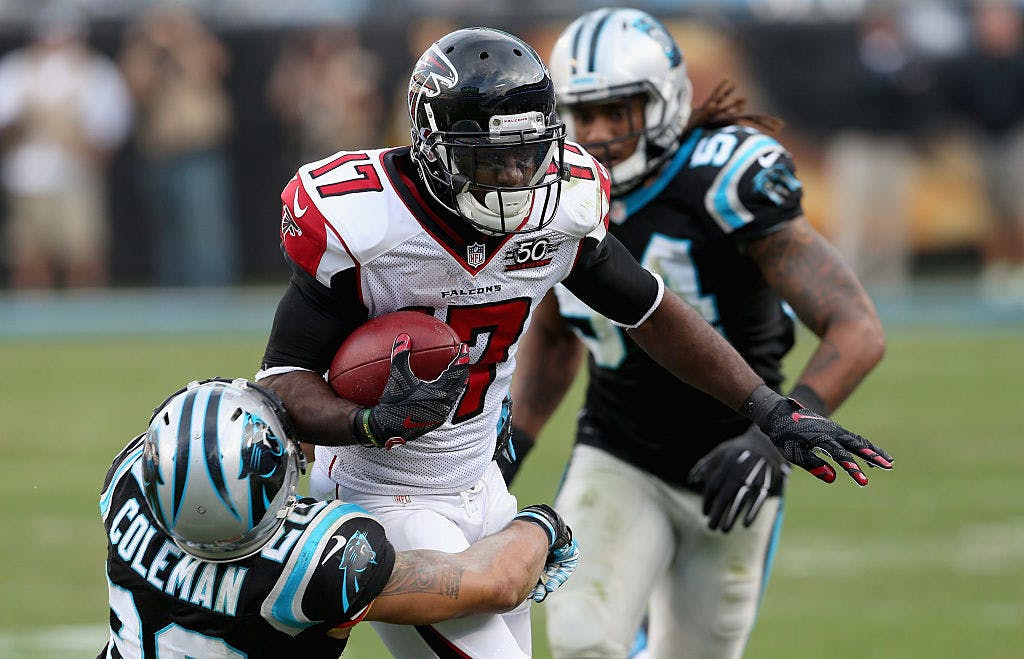New Football Kickoff Rule Is Creating Excitement, but Making Coaches Nervous
Long returns may lead to the same old problem, too many touchbacks.

The new kickoff rule in the National Football League might need some tweaking even though it’s accomplishing what it was created to do — make the most boring play in football exciting again.
There was plenty of excitement in Week 3 of the preseason with more than a half dozen kickoff returns of 40 yards or more, including a 93-yard return by San Francisco 49ers rookie Isaac Guerendo against the Las Vegas Raiders Friday night at Allegiant Stadium. Mr. Guerendo didn’t score but his second-quarter return set up a short touchdown drive in the 24-24 tie.
Those big returns thrilled fans, but could scare NFL head coaches into repeatedly kicking the ball through the back of the end zone, giving the receiving team possession at the 30-yard line instead of risking a 40-plus-yard return. “I just hope there’s not a just a bunch of touchbacks again,” the special team coach for the Kansas City Chiefs, Dave Toub, told reporters at Kansas City.
The new rule intends to encourage more kick returns while reducing the full-speed collisions that promote concussions and cause bodily trauma. Through three weeks of the preseason, it has accomplished both. But coaches have reason to be nervous.
Under the new rules, instead of 11 players, including the kicker, starting from their 35-yard line, only the kicker remains at the 35. The other 10 players line up at the receiving team’s 40-yard line and can’t move until the other team touches the ball or it hits the turf.
A “landing zone” extends between the receiving team’s goal line and its 20-yard line. If the kicked ball does not land beyond the team’s 20-yard line or if the ball goes out of bounds, the receiving team takes possession at its 40.
The best outcome for the kickoff team is for the ball to hit the landing zone, bounce into the end zone, and isn’t returned. The receiving team then gets the ball at its 20. But if the ball doesn’t hit the landing zone and simply sails through the end zone, the receiving team gets the ball at the 30. That’s the safest option for the kickoff team, but not the most entertaining. Tweaking the rule to give the opponents the ball at the 35 on touchbacks might make coaches more hesitant to give up that kind of field position.
“I hope people are trying to scoot it in there and cause a touchback by hitting it in the target zone then trying to scoot it through the back and us trying to get it.” Mr. Toub said. “I think it’s going to be much more exciting for the fans rather than just sitting there and watching touchbacks all day.”
Coaches didn’t know what to expect nor what to coach when the preseason began. “Kickers were taught hang time and placement,” the special teams coach with the San Francisco 49ers said, Brian Schneider, said. “Now hang time is out. It’s more target practice.”
The Sun charted the kickoff returns for all Week 3 preseason games. In the 16 games played, 87 kickoffs were returned for an average of 28 yards. Seven kickoffs were returned for 40 or more yards, and an additional 14 were returned for at least 30 yards. That generates excitement, but makes coaches nervous:
The Chiefs totaled 239 yards on seven kickoff returns against the Chicago Bears, including returns of 43 and 42 yards and three more than 30 yards. The Cincinnati Bengals had a 48-yard return against the Indianapolis Colts, and the New York Giants had a 42-yard kickoff return against the New York Jets.
Mr. Schneider said the kickoff team has fewer advantages under the new rule and is vulnerable to giving up a big play once the returners get past the first level of tacklers. “It’s all about fielding the ball clean,” Mr. Schneider said. “If we can field the ball, we have the advantage. There’s no advantage for the kickoff team. If we can get the returner not to catch it clean, that’s the only advantage I see for the kickoff team.”
Mr. Toub said the NFL Competition Committee discussed putting the ball at the opponent’s 35-yard-line for touchbacks but viewed that penalty as too severe and pushed it back to the 30. “The unintended consequence is that they’re going to just kick touchbacks,” Mr. Toub said.
It’s clear everyone involved is still adapting to what is perhaps the most dramatic change since the forward pass was legalized in 1906. The kickers are adjusting to everything from being alone when they kick to trying to land the ball in a certain area.
“Being on the 35-yard line by yourself is an awkward feeling,” the Baltimore Ravens All-Pro kicker, Justin Tucker, said at Baltimore. “I totally feel isolated because I am. That’s one of the small adjustments that we’re making.”
He said the landing zone might seem large, but it’s not. “Based on where you land the ball you could have one that skips right or left and it’s out of bounds and it’s spotted at the 40,” Mr. Tucker said. “If you land the ball at the 21 and not the 19, the starting position for the opponent could be the 40. Despite being a large area, you have to be pretty detailed where you’re placing the ball. It’s something we’re going to continue to be working on.”
Mr. Tucker said he might have “eight and nine” different kicks to utilize going into a game. “We’re going to continue to develop that and anything we can that we think will give an advantage to our team,” he said.

